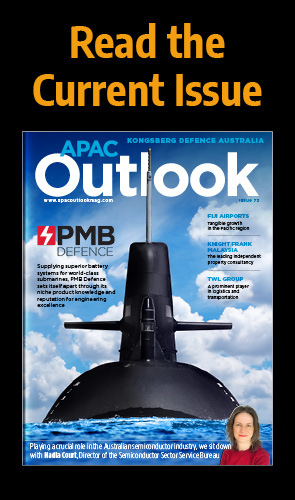William Hames, Chairman and Caillin Howard, Managing Director at Hames Sharley, discuss the firm’s continuous improvement strategy and innovation drive.
BUILDING FOR A BETTER TOMORROW
“To do it better.”
For Hames Sharley, the mission statement couldn’t be clearer. The Australian architecture firm operates with a lean and agile approach while harbouring a robust continuous improvement strategy. “It remains the cornerstone of Hames Sharley,” discusses William Hames, Chairman at Hames Sharley. “We’re observers of societies, evidence-seekers, boat-rockers, pragmatists and mainstays. With the benefit of hindsight, our accuracy in predicting how people behave, perceive, and value-build environments is uncanny.
“We deliver for each client a unique response that has enduring financial, environmental, and social value. In a nutshell, we became a multidisciplinary firm with an overarching mission to create solutions that allow communities to flourish.”
Hames Sharley was one of the first multidisciplinary firms in Australia and, earlier this year were ranked among the world’s 100 largest architecture practices in the world with World Architecture 100. The company specialises in architecture, urban design, town planning and interior design and continues to shape the future of its communities through the power of design and creativity, diversity of talent and development of employees who passionately cover a broad spectrum of industry sectors.
With mention to Hames himself, he is a qualified architect, urban designer and land economist and possesses high-level skills in retail and commercial property development, including land development. With considerable international experience, particularly in Southeast Asia, he is renowned for urban design and city planning and is recognised on the design review panel for DevelopmentWA, is Chairman of the Reshaping Committee for the Committee of Perth and a member of Strategic Economic Advisory Group (SEAG) for the City of Mandurah.
Caillin Howard is the Managing Director of Hames Sharley.
The last seven years have seen Caillin as Managing Director playing an instrumental role in redefining the firm’s value position and proposition – leading Hames Sharley from its solid roots into a new and exciting future. With a strong understanding of corporate governance and the importance of structure and leadership, Caillin also possesses the imperative design skills earned from 22 years of industry-leading practice within Hames Sharley.
Despite the disruption caused by a global pandemic, Howard believes that Australia’s architecture industry is in the midst of an exciting and transformative period. “There are still lasting effects that have highlighted and changed human behaviour, on top of the development of this technology,” he explains. “But, as designers, we are fortunate to witness, observe and track those changes, which is the primary driver of us questioning how we develop places and spaces that respond to that changed behaviour.”
However, Howard is well aware that the acceleration and adoption of new processes within the industry brings with it fresh challenges. “It’s a scary thought,” he admits. “The speed of these changes is outpacing previous decades of design responses. Economically, while we are excited by the amount we are working across the country – we are also aware this is due to low-interest rates and subsidies from the government (partially in our defence, health, and education portfolios). There is also a considerable stimulus in the residential sector from a private point of view.
“And of course, with this, there is a worry that we are pre-building because of these subsidies. Money is cheap, and opportunity is high, but with low population growth because of COVID-19 – we need to ask if we are getting ahead of ourselves regarding supply and demand.”
“We firmly believe that the less impact we create – the world ends up a better place”
William Hames, Chairman, Hames Sharley

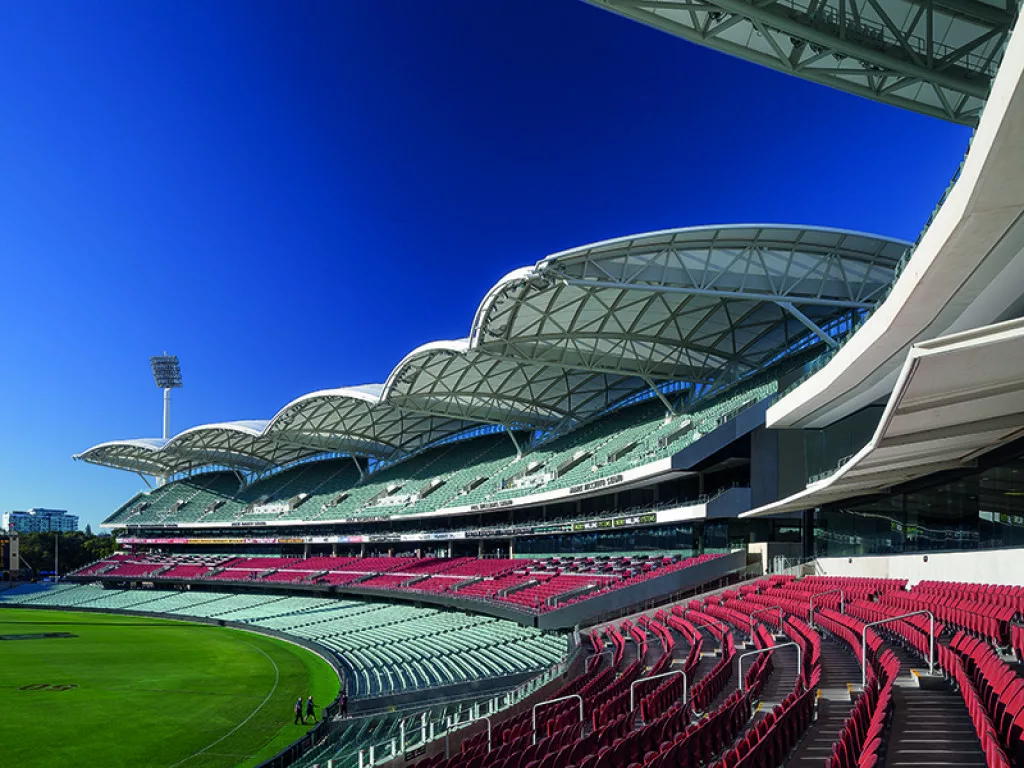
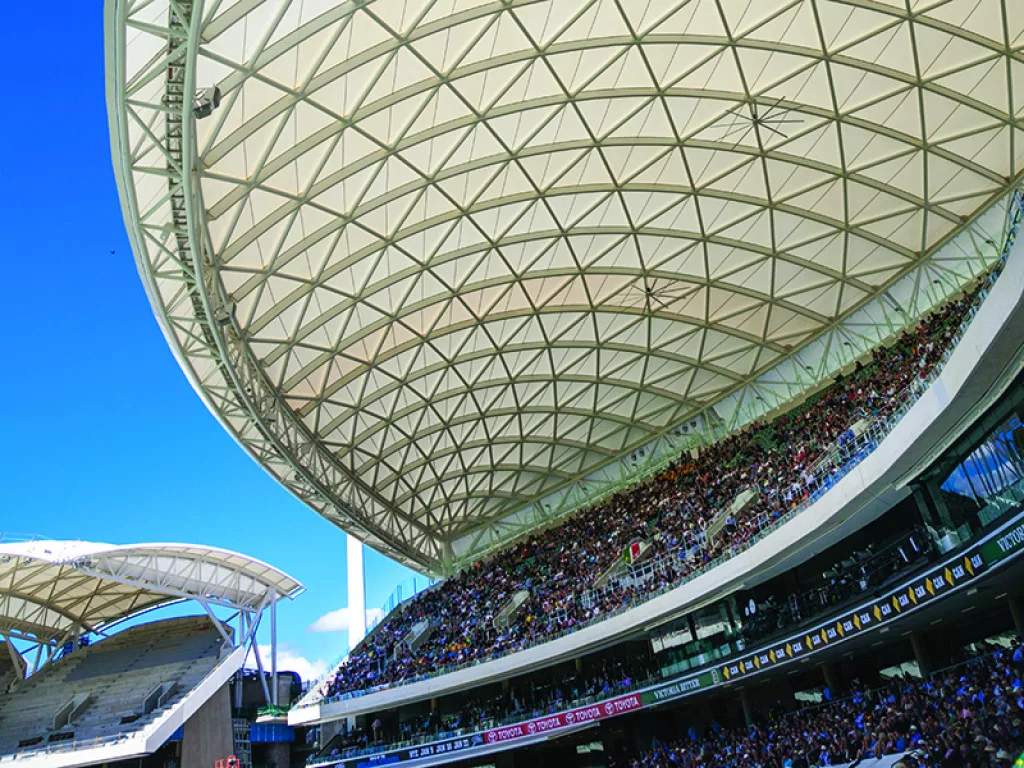
INNOVATION AT THE FORE
Hames Sharley has worked on a range of important and extensive projects. However, according to Hames, there are three in particular that stand out for him: Fiona Stanley, Adelaide Oval and the Bell Tower. “We are incredibly proud of all the projects we work on, but we are most excited about the ones yet to be built or currently being created. These harness our current thinking as our thinking is evolving daily,” discusses Hames.
“These projects are pieces of architecture representing and defining a place – and that is an incredibly humbling experience. The people say we are proud of it and want to be represented by it,” says Howard.
After a bold move, due in large part to the firm’s pledge to creating a unique space to house its growing practice, combined with Perth City’s incentives to attract new businesses, Hames Sharley saw the opportunity to repurpose the upper levels of a retail property that remained vacant for 35 years.
“Our own studio in Perth is also a great example of how Hames Sharley is committed to change and exemplifies how we are not just playing a part in the conversation but playing a role in the movement.”
To Hames Sharley, and Hames himself, innovation is one of the company’s most important focus areas. As such, the firm is about bringing in demographics and social geography to understand human behaviour, ecology to identify environment psychology systems, and work out how these impact the economics of development, land, and the responsibility of architecture, planning, and interiors.
“We believe that the natural pace of innovation and design has been outstripped by the rate of change in human behaviour. There has never been more of a need to find mechanisms and ways to amplify the evolution of design responses,” explains Howard. “We do this by reinvesting through our portfolios and into our research and understanding of the future needs of these portfolios. That way, we can offer our clients greater clarity in an uncertain future and have a higher level of alignment with delivering appropriate outcomes for human needs.”
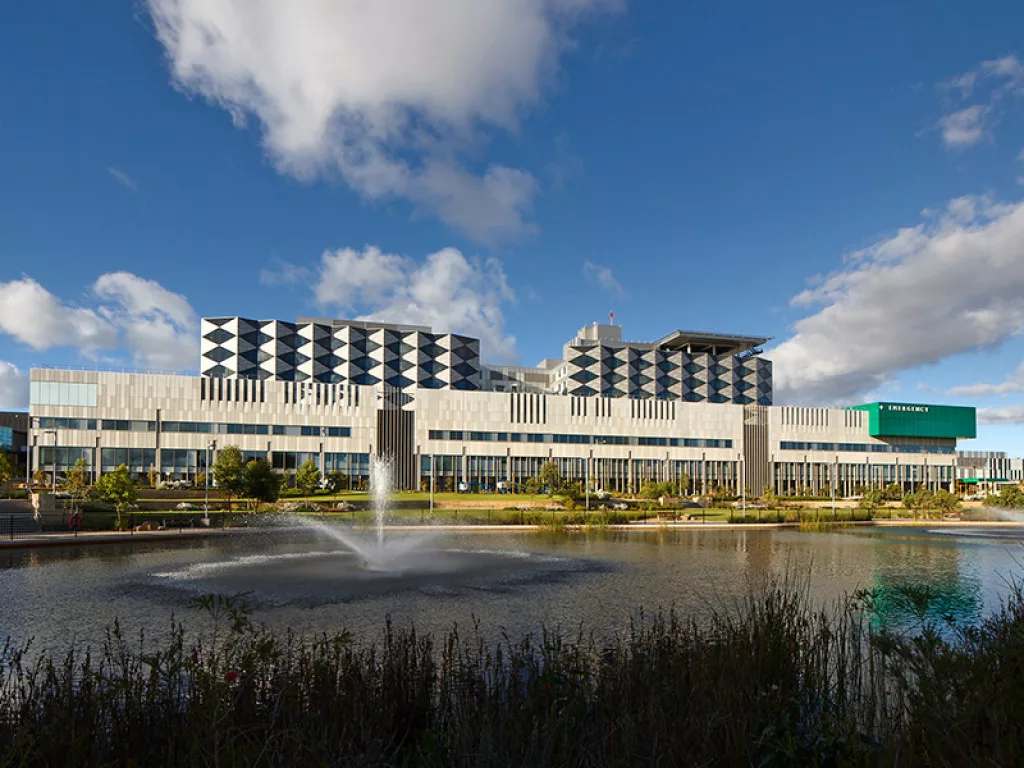

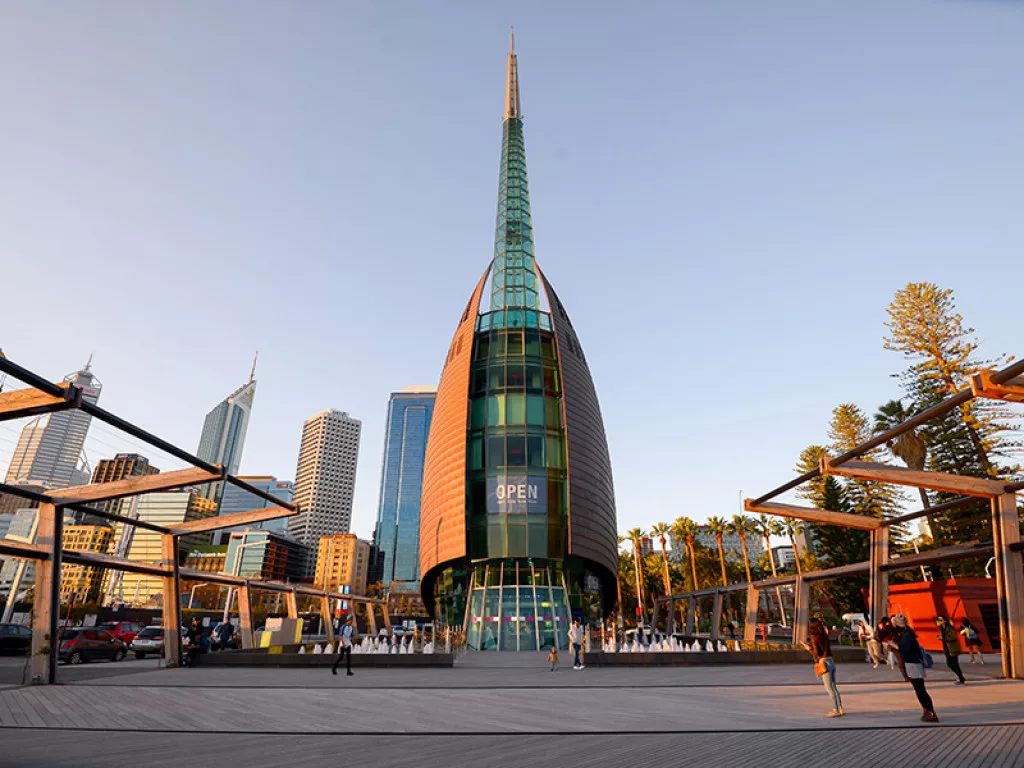
SUSTAINABILITY INITIATIVES
However, it is sustainability that is at the heart, and embedded across all operations. “We firmly believe that the less impact we create – the world ends up a better place,” says Hames. “We always start with passively implementing outcomes and then looking at secondary active opportunities to reduce our footprint.
“We are passively making the building ventilate, collect, reflect heat all through its natural design without a mechanical component so that it should be balanced by itself. Actively, we can then engage in technology. Secondly, while we are trained as designers to embed these processes from the beginning of every project, we also welcome and encourage the consideration and use of many measurement tools on the basis that these will give us legible and tangible measurements of sustainability.
“We understand that what we do is part of a complex system, so we include principles of systems thinking and circular economy early, offering ideas as soon as the bid stage, to make sure we get an integrated design outcome.”
Hames Sharley has recently established two major investments: one is in its design methodology and ability to collect data and create value from it, and the other the investment in its people because it is a people-centric business.
“We are persistently investing in systems, processes, training, and education to continue to grow our skill base and deliver at the highest level,” says Howard. “We will continue to investigate and chase down data and artificial intelligence (AI) opportunities to augment specific processes that will enable us to invest additional time into thinking and interpretation – which is where our value is.”
“These projects are pieces of architecture representing and defining a place – and that is an incredibly humbling experience”
Caillin Howard, Managing Director, Hames Sharley
The importance of establishing key, strategic relationships with partners are an essential component of most company’s long-term strategy. Hames Sharley has established several important relationships, with its collaborations with Autodesk and Microsoft among the most influential.
“Seamless connection between studios allows us to be one operational company delivering buildings throughout Australia and beyond,” discusses Hames. “Hames Sharley utilises a unified national system, enabling staff in all studios to work seamlessly regardless of location, from Perth to Sydney or the studio to home. We are keen to design, test and adopt emerging technologies. As a result, we are ensuring the best outcomes for staff and our clients. Technology is focused inwards and targets enabling staff to maximise their time and creativity while minimising costly overheads.”
Looking ahead, Hames Sharley isn’t content to rest on its laurels and is continuously striving to better itself. “If we are not growing, we are not creating opportunities for our people within the organisation to grow at a greater leadership level. The reason we grow is to create a pathway for all our people,” explains Howard. “We are always striving to be better designers and better creatives. That will be a forever journey. Our solutions are always one of innovation – of design, productivity, and flexibility. It’s the delivery of lasting financial and social value – a legacy for each client and their community.
“We’re not here to present preconceived solutions – a building might be the last thing needed. We’re here to deliver a transformational future to clients and communities, so we let the chips fall wherever they may.”





